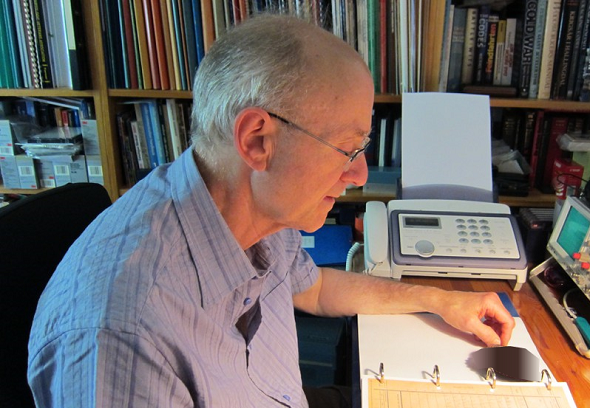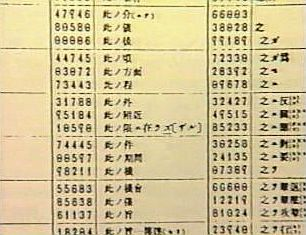Frode’s hunch is that in this case either a private code or a commercial codebook was used. Of course, it is an interesting question, in which language the cleartext is written. It might be Japanese, as the messages come from Tokyo. However, the last line of the third message suggests that English is an option, too.
Frode suspects that the three cryptograms he provided represent so-called raw code, which means that the code groups have been taken directly from the codebook, without further encryption. Some code groups are repeated: MAXAD, YORAY, DEAGS, OXUAB, ITDEK, URGBE, UJTNU, UKURL and IVYDE. The code group with the highest frequency is MAXAD. Also the first group BBBTT appears in all these messages and it is clearly a system indicator (for a US codebook that uses a similar indicator, see here).
Usually, a codebook-based encryption can only be deciphered if the codebook is known. This is probably the case here, too. Can a reader find a codebook, in which the code group BBBTT is used for identification? Any help is welcome.
Follow @KlausSchmeh
Further reading: A German spy message from World War 2
Linkedin: https://www.linkedin.com/groups/13501820
Facebook: https://www.facebook.com/groups/763282653806483/




Kommentare (3)